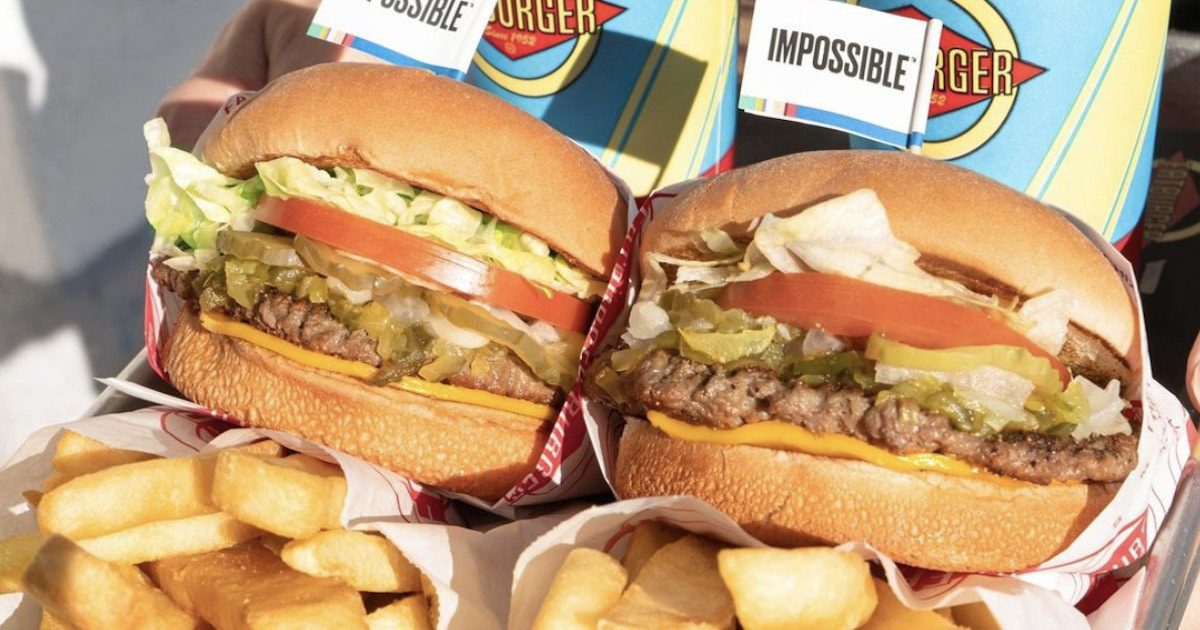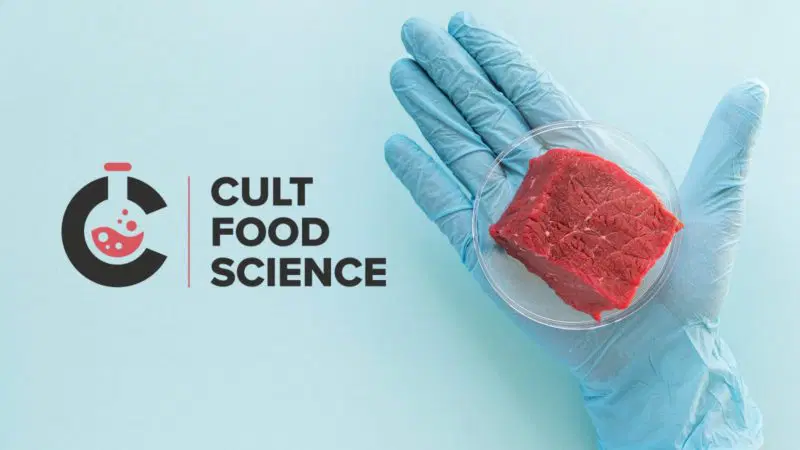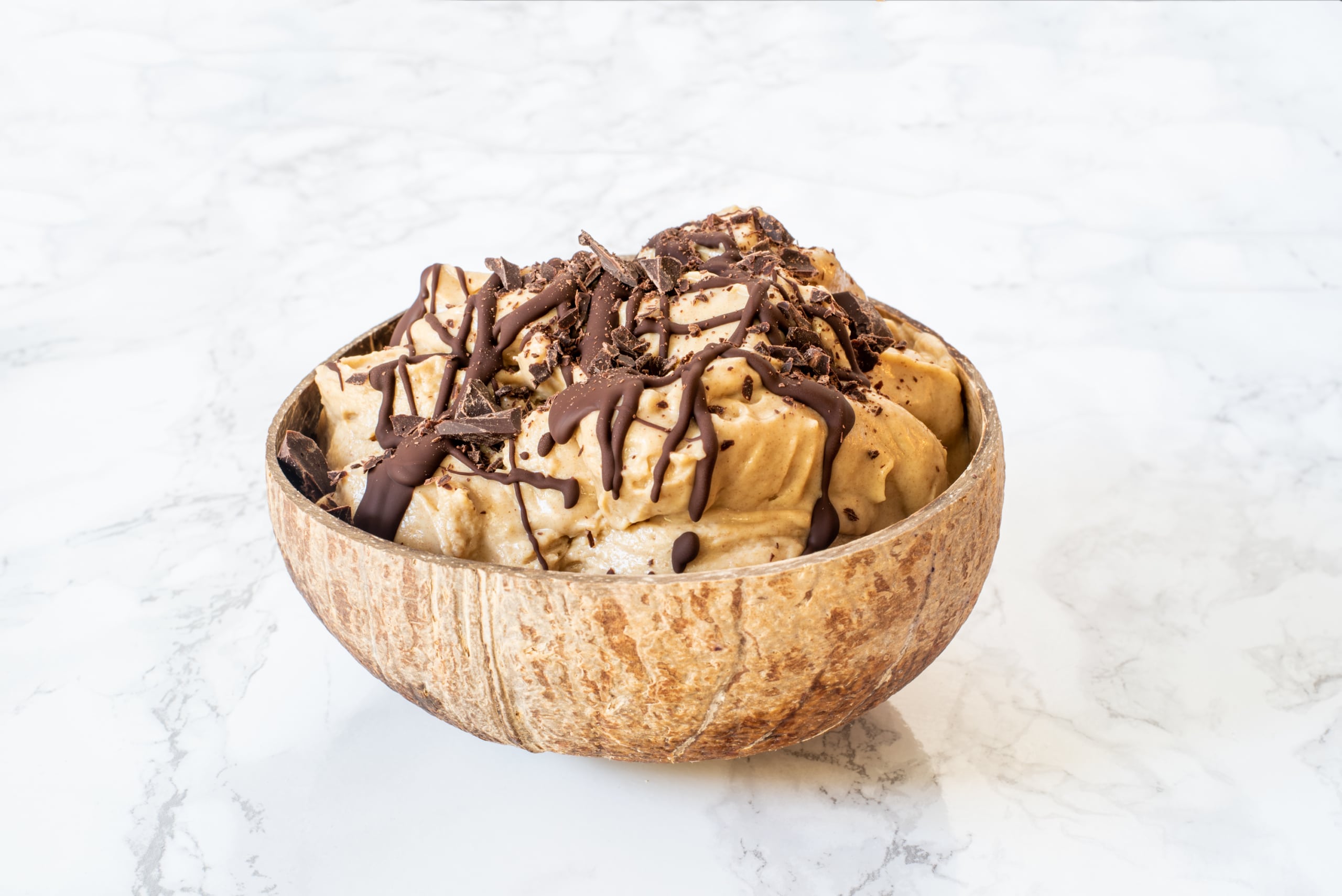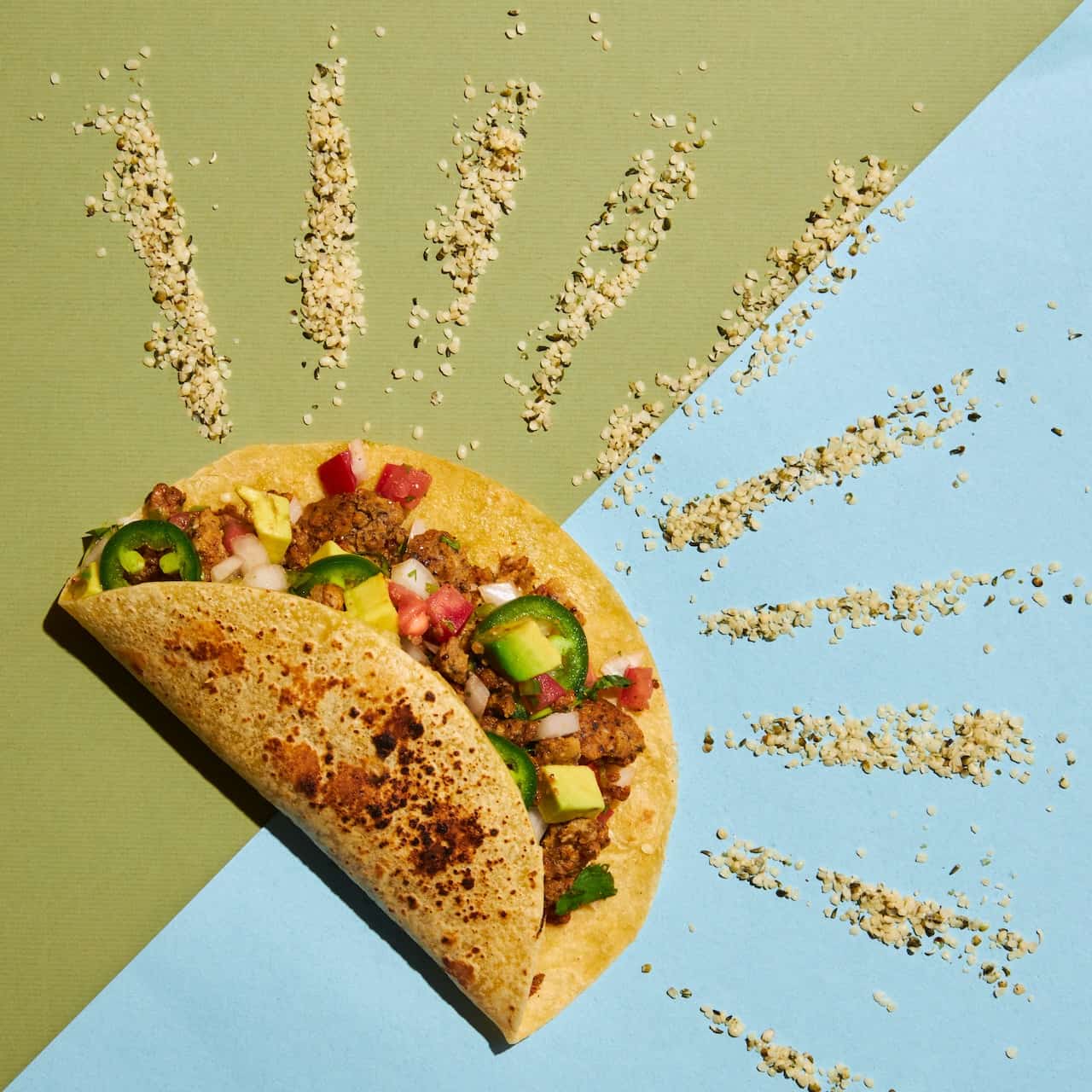Rye protein scaffolds could mark a leap forward in cellular agriculture. Food production has put the world in an exceptionally tight corner amidst emerging concerns about conventional meat farming with respect to the environment and ethics related to animal welfare, and ensuring food security in light of a rapidly growing global population. Cellular agriculture offers a beaming ray of hope as it seeks the production of meat without raising animals. Recently, researchers at the National University of Singapore have been able to culture pork fat tissue on scaffolds made from rye protein, secalin. This new development could play a very key role in the future of cultivated meat development due to its hopefully helping to overcome three major stumbling blocks: cost, scalability, and safety.

The Role of Scaffolds in the Manufacture of Cultivated Meat
For cultivated meat to achieve a structure, texture, and taste that it inherently lacks, just like traditional meat, it would need a scaffold material on which cells grow to create the tissues that typify meat, such as muscle and fat. These materials used as scaffolds have to be edible, safe, and functional in becoming a habitat where cells will grow and develop in a similar way as in an animal’s body.
However, until now, producing a scalable and cost-effective scaffold has been one of the major bottlenecks toward cellular agriculture. Without the availability of affordable scaffolding, large-scale production of cultured meat had remained but a mirage. It is here that the recent breakthrough achieved by the NUS researchers can ensure a complete turnaround in the fortunes of this sector.
Secalin: The Natural Protein Solution
The SCAF-FOLDS derived from proteins like those of secalin origin from rye have recently emerged as a promising solution in the creation of functional scaffolds in cultivated meat production. Using a template-leaching technique, Prof Huang Dejian and his team at NUS created rye protein scaffolds that were porous and with the right mechanical rigidity to support the growth of pork fat cells.
This is a breakthrough, in that porosity within the scaffold allows for enough cell attachment and nutrient exchange, while its biocompatibility helps such cells survive to produce tissue very similar to natural pork fat. The resulting product is tissue of cultured fat possessing the same texture, appearance, and profile in fatty acid composition as traditional pork-a sort of alternative in food production.
Why Pork Fat?
While the majority of research in cultured meat has focused on muscle tissue, fat tissue in fact provides a lot to the taste and texture of meat products, along with mouthfeel. Cultured pork fat is going to be important in the development of complex, savory flavors associated with traditional meats. By engineering scaffolds to grow fat tissue, the NUS team is addressing one of the most important reasons people enjoy the taste of meat.
Controlling the Fatty Acid Composition: The cultured fat could, therefore, yield healthier alternatives to meat that have lower levels of saturated fats or specific types of fat that offer enhanced nutritional benefits.
Overcoming Scalability and Safety Challenges
Of the many giant leaps, scaling of the production process wherein cultivated meat remains within the threshold of being reasonably priced and safe for consumer use has been of great concern. Traditional scaffolding materials, derived from synthetics or animals, have long been too expensive to consider on a large scale or simply unsuitable for food.

Cost and Sustainability
This can be achieved far more easily by the use of rye secalin, as that would scale up the solution to this problem-rye is a very abundant and cheap crop, while the process for extracting secalin to make scaffolds can be easily scaled up. The rye-based scaffold is thus one of the most ideal candidates for the production of cultured meat on an industrial scale. The NUS team has also demonstrated that these scaffolds can be fabricated from spent grains-a classification including spent barley grains-which are a by-product of the brewing industry. It contributes towards the circular economy by reducing waste and adding value to farm by-products.
Guaranteeing Food Safety
Safety is one of the main concerns in food industries, and cultured meat does not lag behind in this respect. NUS’ rye protein scaffolds are food-grade and edible; therefore, it would not be necessary to take extra steps in processing to remove or replace non-edible scaffolding material. This will simplify the production process while at the same time ensuring the final product is safe for consumption. Since such scaffolds are plant-based biomaterials, they definitely align with the ethical and sustainability goals of cultivated meat production in reducing reliance on animal-based products.
Environmental and Ethical Implications
We might easily have a big effect on the environment by consuming cultured meat. Meat production is the contributor to deforestation, a cause of emitting greenhouse gases, and one of the major water consumers. If we are to switch over to cultured meat, this would significantly reduce the environmental footprint of producing meat. Added to this is the use of sustainable scaffolds-such as those produced from rye protein-which will further reduce the dependence on animal or synthetic-based materials in the cultivation process.
A path in the direction of ethical production of meat. Cultural meat also addresses the ethical concerns associated
with traditional meat production, especially on issues related to animal welfare. Through cell-based techniques used in the production of meat, one can avoid slaughtering animals, hence moving towards a cruelty-free alternative while continuing to supply the demand for meat products. The development of fat tissue is integral to taste and texture, in which one steps forward with the process of making cultivated meat indistinguishable from the conventionally raised variety regarding flavor and quality.
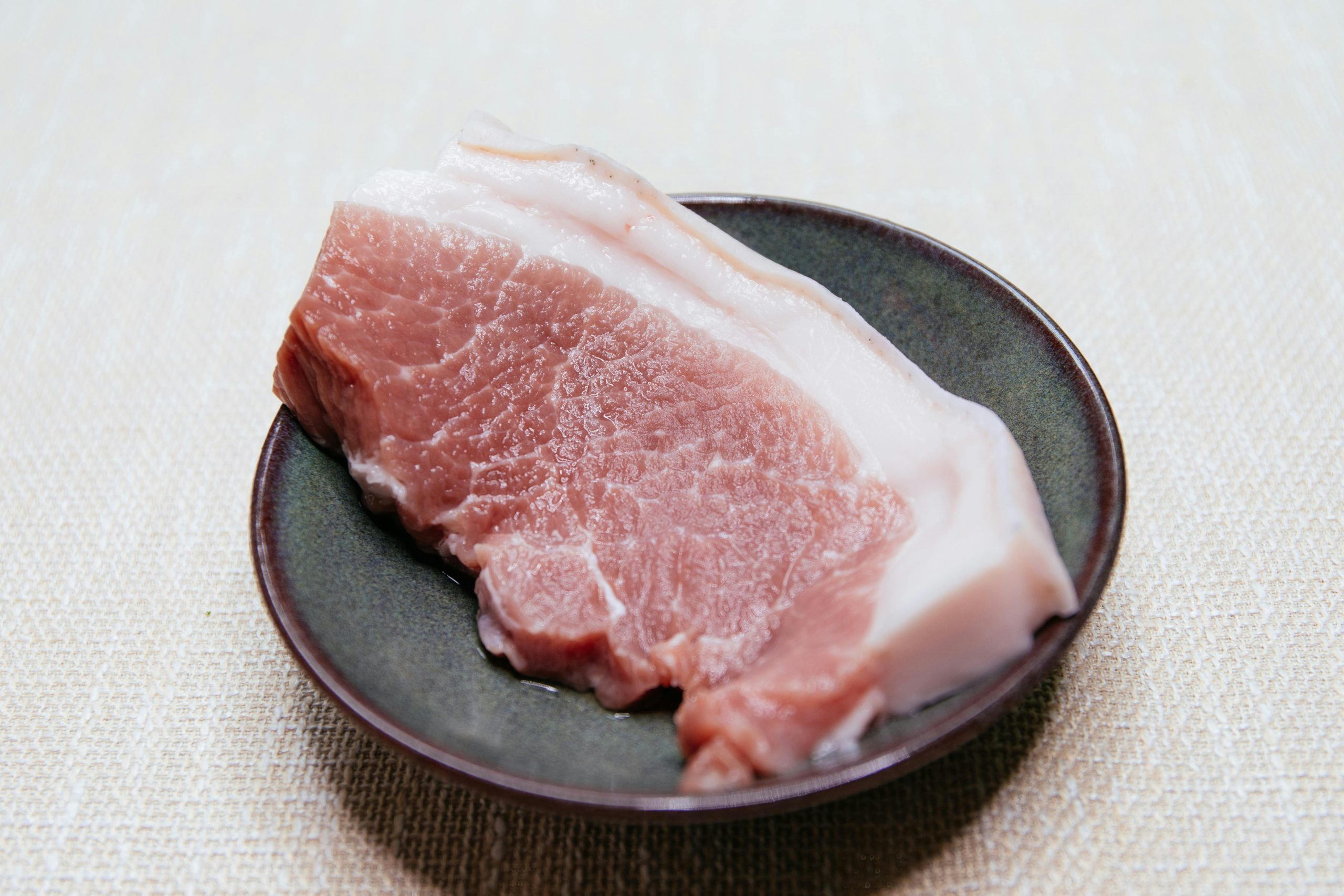
The Future of Cultivated Meat: Challenges and Opportunities
More importantly, this rye protein scaffolding, while a breakthrough, is just an important step on the road to cultured meat being commonplace on supermarket shelves.
Efficiency and Lowering Costs
While rye protein scaffolds are inexpensive compared to many other materials, the manufacturing process of these needs further refinement in efficiency to reduce their cost. Innovation in the design of bioreactors and cell culture techniques is necessary for scale-up to meet global demand.
Conclusion: Consumer Acceptance and Market Integration
Besides being affordable, cultured meat should be acceptable and desirable for consumption. In other words, it has to taste at least as good or even better than ordinary meat. Public perception and education will also be an important part of consumer acceptance of cultured meat. Consumers need to be assured that cultivated meat is safe to eat, nutritious, and ethically superior. Conclusion: A Hopeful Way Forward
This development of rye protein scaffolds for cultured pork fat tissue represents an important advance in the field of cellular agriculture. The fact that some of the most significant challenges about scalability, safety, and sustainability have been overcome brings this bright dream about full-pledged cultured meat-one that is a proper alternative to conventional animal farming-one step closer.
Though these technologies are still in development and require further refinement by researchers to overcome the remaining challenges, they hold great promise for changing the future of food with concomitant benefits both to consumers and the planet. The rye protein scaffold is but one example of the innovative solutions under development to build a more sustainable, ethical, resilient food system for the future.





